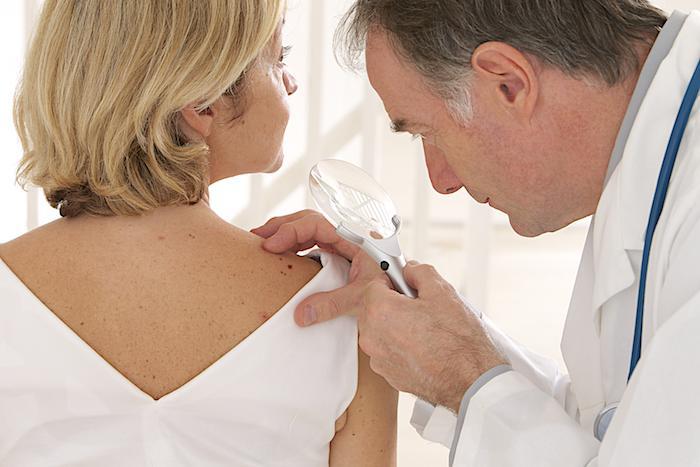Anyone can develop moles, and in most cases, they are entirely harmless. However, you may have to contact your doctor if they start showing abnormal changes. If Lillington moles increase your risk of melanoma, the Sanford Dermatology team may recommend removal.
What a skin mole looks like
The skin is the largest body organ, making it susceptible to various medical conditions, including moles. Moles, medically known as nevi, are growths that develop on the skin and range in color depending on skin tone. These blemishes can grow on your skin alone or in clusters. Moles often develop during early childhood and increase to 40 moles by the time you become an adult. As you age, some moles may begin changing, becoming lighter and raised, and sometimes hair may develop on them. Some may also disappear over time. Most moles are not a cause for alarm, and they rarely cause cancer. However, suppose you begin noticing pigmented patches and abnormal changes in the shape and appearance of your moles. In that case, you may need to visit your doctor, as it can be a sign of malignant melanoma.
When to consult a dermatologist
Most moles are brown spots on your skin, but they may vary in color depending on your complexion. They can be pink, red, blue, or tan and can also be raised, flat, smooth, or wrinkled. With hormonal changes, especially in women and adolescents, these blemishes may become larger ad darker. The Sanford Dermatology specialists recommend annual skin exams to evaluate your moles, monitor any changes, and prevent developing severe diseases like melanoma. If your moles evolve in height, shape, or color, are asymmetrical in form, or have an irregular border, visit Sanford Dermatology for a comprehensive physical exam.
When to consider removing your moles
If you have many moles, you may need to monitor their appearance by asking someone to check them for you or looking in the mirror. You may need to focus on the parts usually exposed to the sun, such as the back, legs, arms, face, and chest. If your moles show no changes, there is no need to worry. During your appointment at Sanford Dermatology, the team may conduct a thorough physical exam, and if they suspect melanoma, they may perform a biopsy by cutting or shaving the mole for further studies. Cutting the mole does not trigger cancer to spread. Your doctor may prepare you for minor surgery by numbing the area to ensure you don’t experience any pain. The team then takes the shaved-out mole to an onsite lab for analysis. The specialists utilize a specialized electric needle to prevent bleeding and destroy the problematic cells around the mole. You may need a biopsy for an accurate diagnosis if you also have a black, bleeding, or itchy mole. If the team detects cancerous cells in the removed tissue, they may request to go back for additional tests and to discuss your care plan.
If you notice abnormal changes in your moles, call the Sanford Dermatology office or book an appointment online for diagnosis and treatment.





